Rudder or Skeg? That is the question facing anyone shopping for a kayak.
Today, most touring kayaks and sea kayaks come with either a skeg or a rudder. There are rudders in some kayaks while others have skegs.
How do a rudder and skeg differ based on their distinct characteristics and functions? We’re here to explain all this!
Skeg vs Rudder Kayak: Pros & Cons
Skeg kayak advantages
- Less moving parts means fewer problems
- No wind surface area is exposed to the skeg when it is not deployed
- You are able to brace/paddle hard while using foot braces because they do not move
- When deployed, the rudder generally produces less drag
Skeg kayak disadvantages
- Has less corrective
- Keg cable can kink, making deployment/retraction hard
- Skeg boxes must be constructed properly to avoid leaks
- When there is no wind, skegs cannot steer the boat
- The concept of Skegs is less intuitive
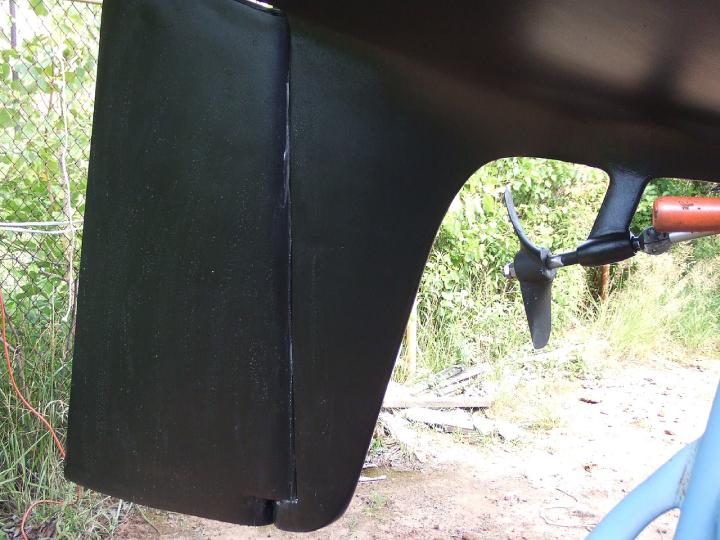
Rudder kayak advantages
- The corrective component is extremely strong
- Beginners can easily use and understand rudders
- No matter how strong the wind may be, this device is useful to direct the boat.
- A tandem kayak is almost impossible to turn without rudders since it is so difficult to turn without them.
Rudder kayak disadvantages
- More drag when the skeg is deployed
- Beginners may never learn how to turn or control a boat if they don’t get good instruction
- Most designs create some slack in the foot pedals

Skeg vs Rudder Kayak: How Do They Differ?
1. Movement
Rudder
Sea kayak rudders are connected to the kayak’s stern through a pivot point. The boat’s direction is controlled from sliding foot pedals via cables that run within. Kayaks can be turned towards the right or left by pushing the right and left foot pedal.
Skeg
Typically, a skeg mounts to a boat’s hull directly ahead of the stern and provides no angular direction control.
The degree of skeg deployment – or how much fin area under the keel is exposed – determines the force with which the stern resists being forced sideways.
A boat with retracted skegs is prone to swinging offline due to the lack of resistance the skegs provide.
The skeg can also cause the bow to swing if it is fully deployed, while a partially deployed skeg can hold more securely.
2. Maneuvering aid
Rudder
Rudders can be used to turn in big seas or maintain direction, providing more control to the paddler. Paddling in high winds can be difficult for some paddlers, so that’s where the rudder comes in handy.
Skeg
Paddle experts mostly use skegs to navigate conditions that would be unmanageable for many people. In addition, skegs impede technique development and can prevent laziness.
3. Paddler technique
Rudder
Boats with rudders have traditionally had inadequate foot braces, which is an essential part of good technique.
Most rudder kayaks have foot braces that feel spongy, even with the rudder not deployed. With its dual pedal system, the SmartTrack rudder takes care of this.
Skeg
Skegs can be described as “foot free” systems. Paddlers can place their feet in a variety of positions.
For more advanced paddlers, bulkheads for the feet are more comfortable since they offer a larger surface area.
Skegs provide solid foot bracing for maneuvers such as edging, bracing, rolling, and skulling.
4. Tracking
Rudder
Once deployed, a rudder can be used to improve tracking in virtually all paddling conditions.
When paddling in beam seas, the stern of the kayak tends to swing around to point downwind, also called weathercocking. A rudder helps the boat stay on course.
Skeg
Skegs are simple devices used for tracking. A skeg boat will slide sideways downwind when paddled in a crosswind or beam sea.
However, the paddler can still control the kayak’s direction when both bow and stern are pushed downwind equally.
5. Speed
Rudder
Paddlers in rudder boats will be faster than paddlers in skeg boats, except in windless flatwater conditions.
By compensating for wind or currents with the rudder, the paddler is able to paddle at full speed. As a result, paddlers on skeg boats usually need to take asymmetrical strokes.
Skeg
In moderate conditions. Skeg kayaks may be faster due to their ability to put the skeg a few inches down to lessen drag compared to an oversized rudder that protrudes four to eight inches from the water.
6. Turning
Rudder
Skegs cannot assist turning, but rudders can. The rudder allows the paddler to control the turning radius and set the paddle for a tight or wide turn.
Due to its further aft location than a skeg, a rudder can have a greater impact on a boat’s course.
Skeg
You can’t turn a kayak with a deployed skeg, ever. It is argued that paddlers of rudder kayaks often never learn other ways of turning their craft. Safety and seamanship have been compromised as a result.
7. Malfunction/reparability
Rudder
Rudders are more susceptible to malfunction and damage. Rudders have more moving parts and are in a more exposed location on the kayak, which theoretically increases the likelihood of something going wrong.
Skeg
A retracted skeg is protected from damage by the skeg housing and by the hull of the kayak. A skeg boat has no exposed cables or lines.
Skeg cables are prone to kinking and jamming or getting jammed with sand or pebbles.
8. Simplicity
Rudder
More moving parts are used in a rudder system, including foot braces and cables. It pivots from side to side and can be raised and lowered.
In fact, it takes some time for beginning paddlers to learn how to use their rudders to steer their boats correctly.
Skeg
Skegs are simple things that involve just the skeg, a slider, and a cable. Their use is also incredibly simple: They allow you to paddle for several hours without having to make any adjustments.
9. Aesthetics
Rudder
In this department, rudders have little to offer. Kayaks look sleek, streamlined, and clean. We’re yet to see a rudder setup with cables, lines, housing, mount, and rudder — that distracts from the design.
Skeg
An adjustment mechanism slider is found on the side of the cockpit, but apart from this, the skegs are pretty invisible.
After the kayak is in the water, the skeg blade is not visible when retracted or when deployed.
10. Weight
Rudder
Rudders without the tiller can weigh about 37 pounds, but this will differ between other models
Skeg
Skegs are lighter and have fewer parts. A 1 to 2 pounds difference is not a great deal, but it is noticeable.
11. Storage space
Rudder
Rudders do not eat up any room inside the rear trunk, so they could be helpful if you are planning an extended trip.
Skeg
A skeg box can be a serious space-waster, especially in small volume kayaks. They really don’t allow for much space at all.
12. Cost
Rudder
It is usually more expensive to buy a rudder than a skeg. A typical rudder system costs between $150.00 and $250.00. For example, the SmartTrack rudder retails at about $250.00.
Skeg
Skegs are usually less expensive than rudders because they are simpler. Skegs can be found starting at $30.00 but can go up to around $250.00
13. When to use
When to use a skeg?
When kayaking in winds or waves, the skeg is most useful in conditions where the waves come from the side. The skeg does very little to keep the kayak straight if there is no wind or waves.
When to use a rudder?
Kayak rudders may be useful if you like to spend a lot of time on large bodies of water. An inflatable kayak rudder reduces the amount of energy you have to expend by stabilizing your boat in the event of crosswinds.
Can You Keep Both on Your Kayak?
It is basically overkilled if you already have a skeg on your kayak and you add a rudder, it will just make the boat unnecessarily heavy.
FAQs
1. What length do kayaks need a rudder or skeg?
Ans. Any kayas over 3 meters will need a rudder or skeg.

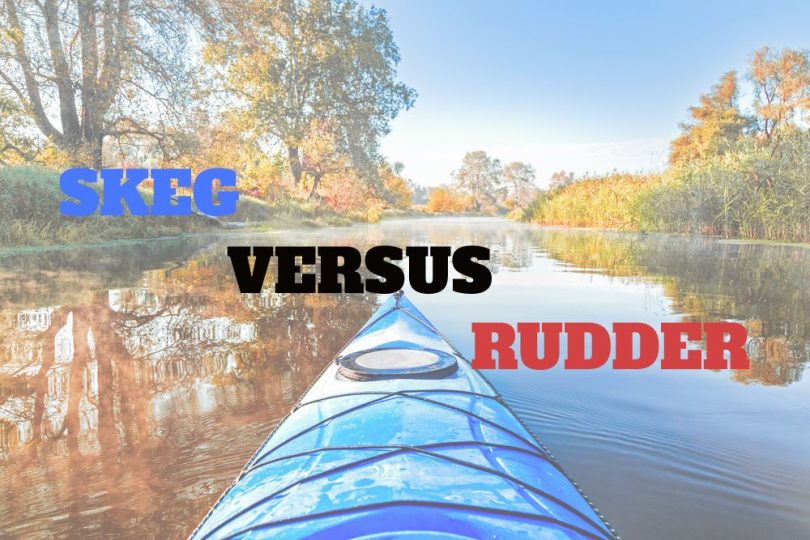
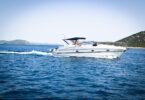

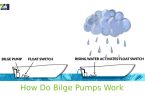
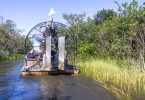
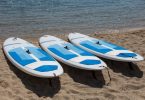

Leave a Comment